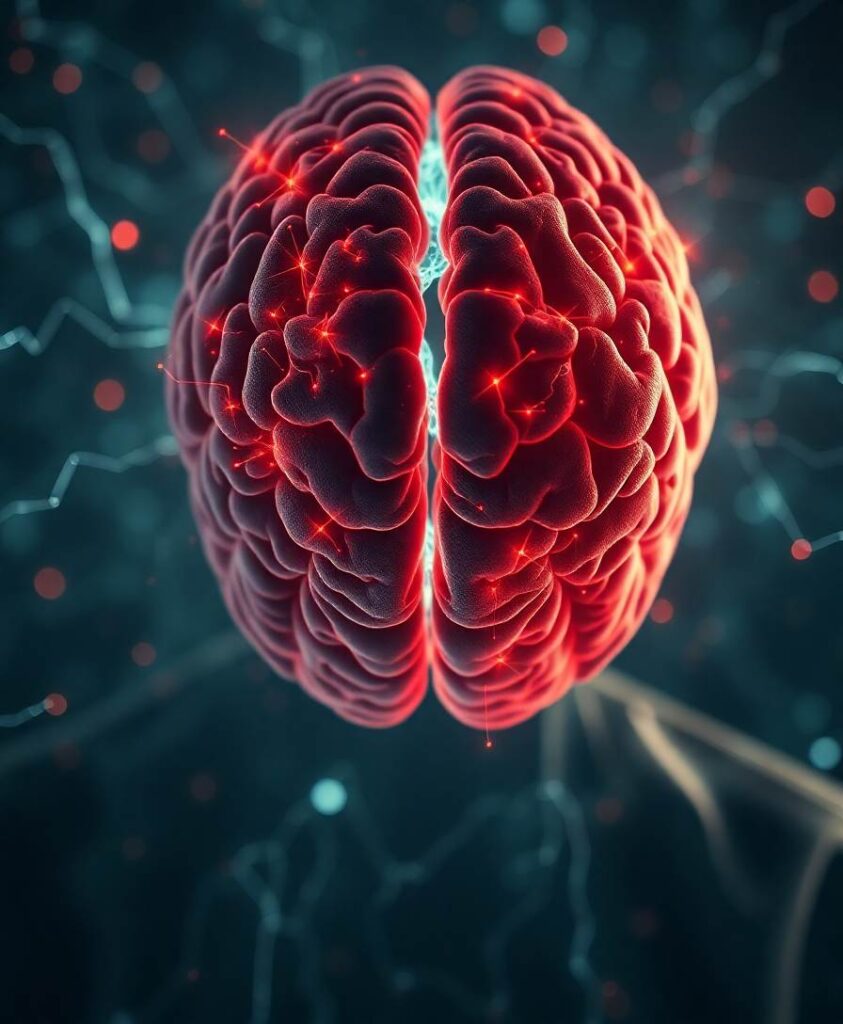BackgroundContinuous theta burst stimulation (cTBS) is a specific paradigm of repetitive transcranial magnetic stimulation (rTMS) with an inhibitory effect on cortical excitability for up to 60 min after less than 1 min of stimulation. The right posterior superior temporal gyrus (pSTG), homotopic to Wernicke’s area in the left hemisphere, may be a potential stimulation target based on its critical role in semantic processing. The objective of this study was to explore whether cTBS over the right pSTG can promote language improvements in aphasic patients and the underlying mechanism.MethodsA total of 34 subjects with aphasia were randomly assigned to undergo 15 sessions of either 40-s inhibitory cTBS over the right pSTG (the cTBS group) or sham stimulation (the sham group), followed by 30 min of speech and language therapy. Subjects underwent resting-state functional magnetic resonance imaging (rs-fMRI), and the aphasia quotient (AQ) of the Chinese version of the Western Aphasia Battery (WAB) was calculated before and after the intervention. This randomized controlled trial was registered in the Chinese Clinical Trial Registry (No. ChiCTR210052962).ResultsAfter treatment, the language performance of the cTBS group was higher than that of the sham group in terms of the WAB-AQ score (p = 0.010) and the WAB scores for auditory comprehension (p = 0.022) and repetition (p = 0.035). The fractional amplitude of low-frequency fluctuations (fALFF) was significantly decreased in the pars triangularis of the inferior frontal gyrus (IFG), right middle frontal gyrus, right thalamus, and left cerebellar crus I. Clusters in the left orbitofrontal cortex exhibited increased fALFF. The change in WAB comprehension scores were significantly correlated with the change in the fALFF of the right IFG pars triangularis in both groups. Greatly increased functional connectivity was observed between the right pars triangularis and left paracingulate gyrus and between the right pSTG and right angular gyrus and the posterior cingulate gyrus with pre-and post-treatment between the two groups.ConclusionOur findings indicate that cTBS of the right pSTG may improve language production by suppressing intrinsic activity of the right fronto-thalamic-cerebellar circuit and enhancing the involvement of the right temporoparietal region.


